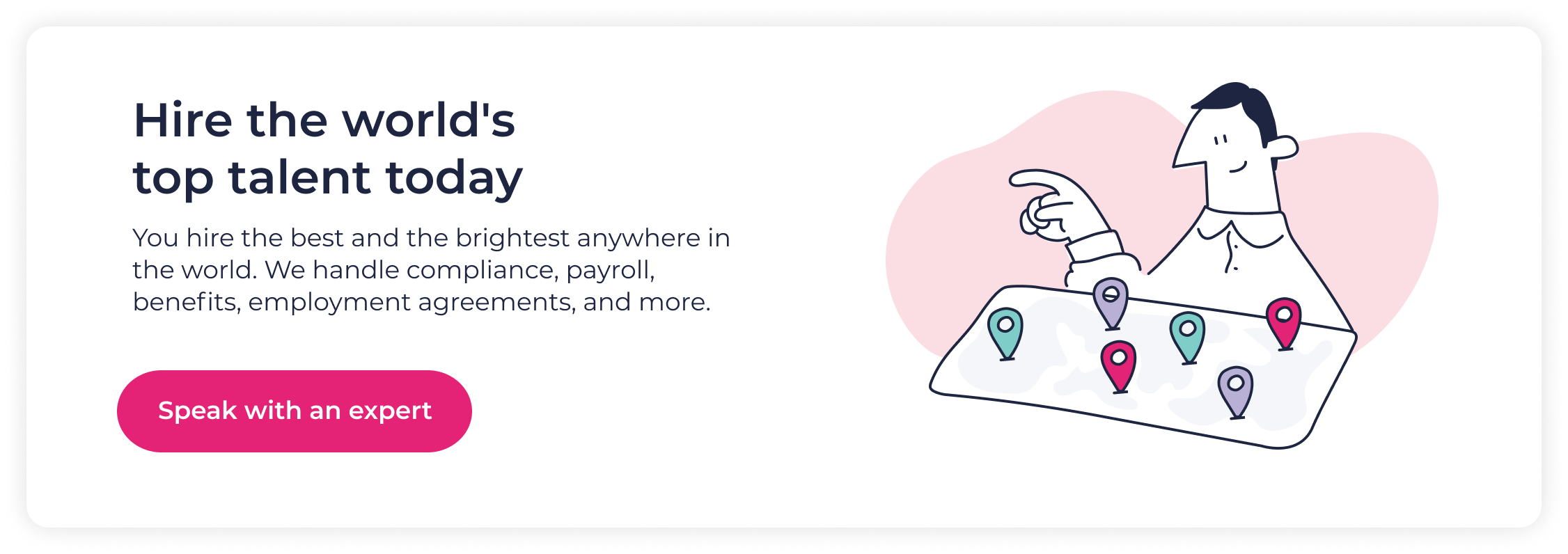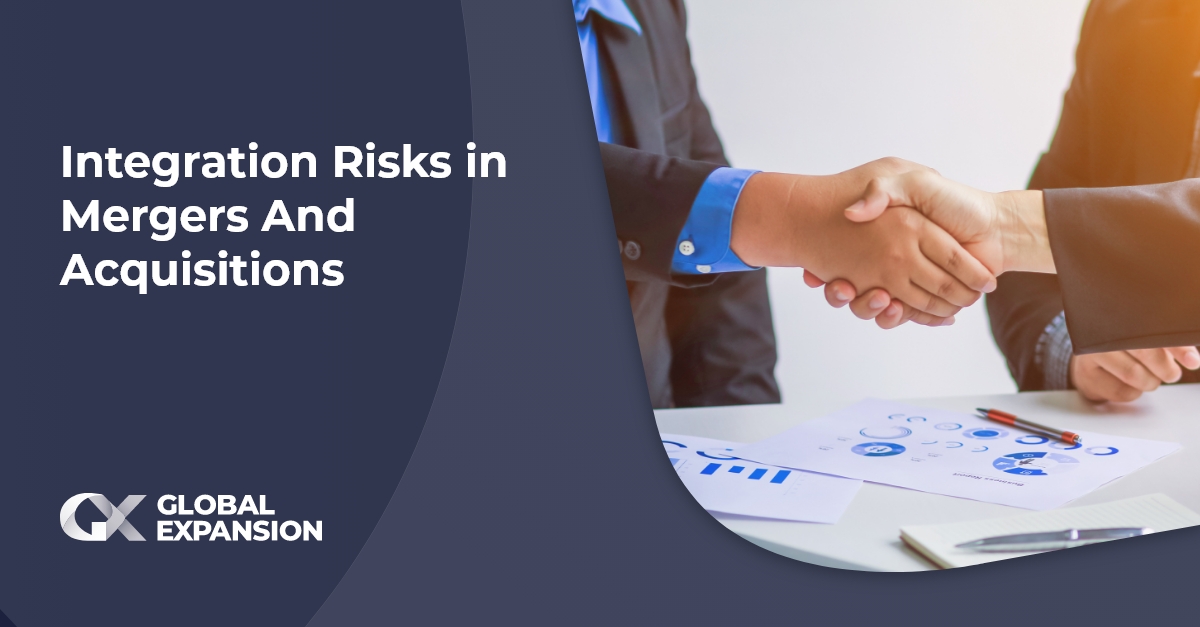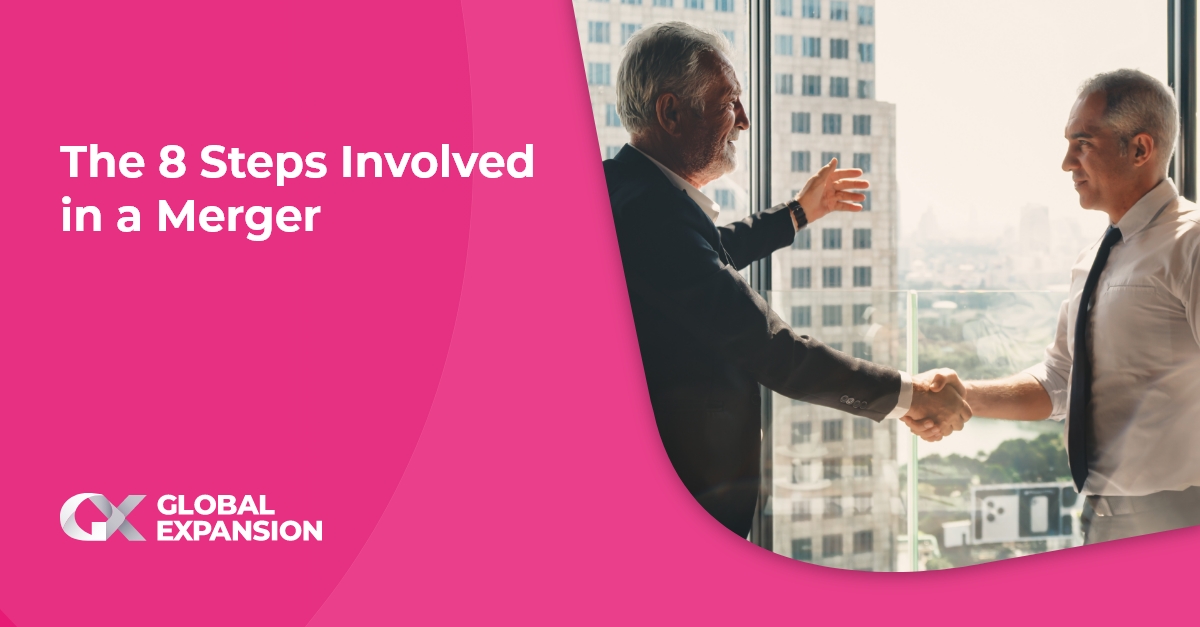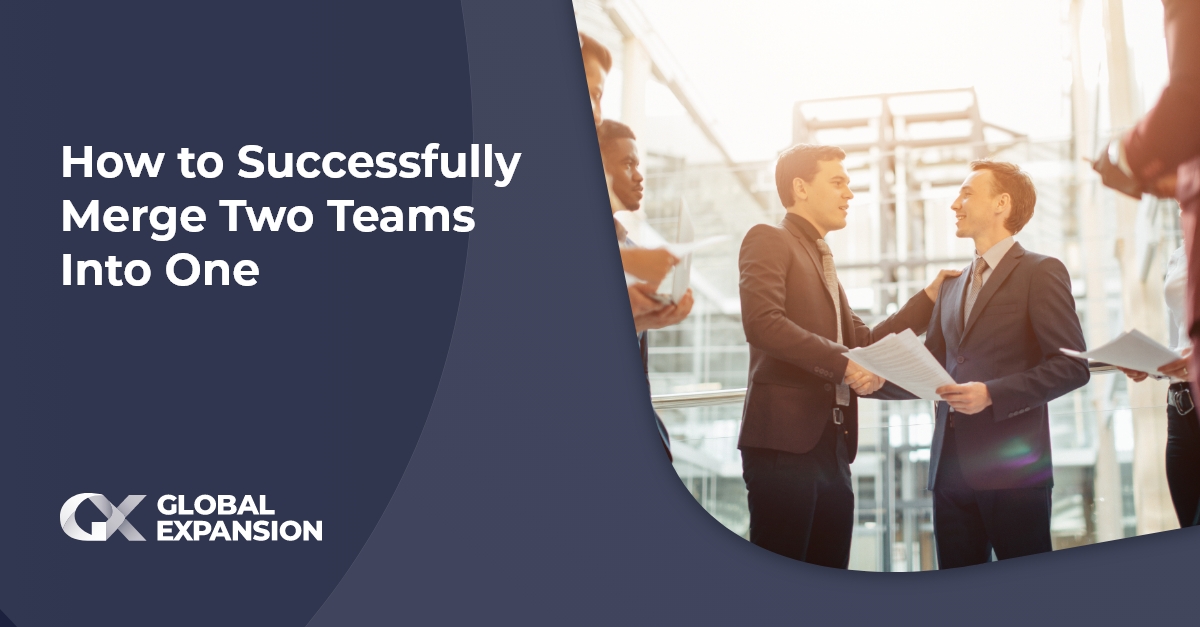The 13 Largest Mergers and Acquisitions

It’s estimated that 48,833 mergers and acquisitions occurred in 2023, ranging from huge multinational deals to smaller regional transactions. Whatever the size or scale, financial transactions of this kind are always complicated at the best of times.
If you’re considering a merger or acquisition in 2024, you might find inspiration (or caution) in some of the largest mergers and acquisitions of all time.
- Verizon and Vodafone
- Heinz and Kraft
- Pfizer and Warner-Lambert
- AT&T and Time Warner
- Exxon and Mobile
- Google and Android
- Disney/Pixar and Marvel
- Microsoft and Nuance
- Facebook and WhatsApp
- Salesforce and Slack
- United Technologies and Raytheon Technologies
- Paypal and eBay
- Bristol-Myers Squibb and Celgene
1. Verizon and Vodafone
Verizon Communications and Vodafone jointly brought Verizon Wireless to the market. However, in 2014, Verizon acquired Vodafone's 45 percent stake in a deal that eventually was thought to total around $130 billion. Following the transaction, Verizon completely owns the Verizon Wireless venture.
Dubbed the ‘deal of the decade’, Verizon’s excellent performance in the years that followed the acquisition made this an incredibly successful move.
2. Heinz and Kraft
A merger between H.J. Heinz Co. and Kraft Foods Group created a new organization (The Kraft Heinz Company) in 2016 that was expected to enter the world's top 10 largest food companies.
The deal between Heinz and Kraft cost approximately $100 billion and stakeholder expectations were high. However, the reality has been disappointing. The company has run out of steam and experts put the problems down to missed opportunities due to changing consumer preferences.
3. Pfizer and Warner-Lambert
In 2000, Pfizer acquired Warner-Lambert for $90 billion. Both companies operated in the pharmaceutical drug industry and the deal between them became known as one of the most hostile acquisition examples in history.
This infamy is because Warner-Lambert was originally to be acquired by American Home Products, a consumer goods company. American Home Products walked away from the deal, resulting in large break-up fees and Pfizer swooped in.
The acquisition created the second-largest drug company in the United States and Pfizer obtained control of the profits of a highly sought-after drug (Lipitor), which amounted to over $13 billion.
4. AT&T and Time Warner
Two organizations that were already familiar with mergers and acquisitions joined forces in 2018. This acquisition was so massive the U.S. legal department had to interfere to sort out the issue.
AT&T first showed its interest in buying Time Warner in 2016 and, following actual government opposition, AT&T and Time Warner completed an $85.4 billion merger after receiving approval from the regulatory body.
The U.S. Department of Justice who opposed the deal said the government would not prevent the deal between them.
5. Exxon and Mobil
The Exxon and Mobil deal is the perfect example of a successful merger. In 1998, Exxon and Mobil made headlines after announcing their plans to merge.
At the time, the companies were already the first and second-largest oil producers in the United States.
The deal closed at a whopping $80 billion and since then, investors have quadrupled their money and shares have gone up 293% with dividends reinvested. Despite initial skepticism, the merger is looked back on as one of the most successful in history.
6. Google and Android
Google acquired Android for an estimated $50 million back in 2005. At the time, Android was an unknown mobile startup company so the move raised some eyebrows.
However, the acquisition gave Google the tools it needed to compete in a market dominated by Microsoft and Apple.
Google is more than familiar with acquisitions of this kind, but this particular deal is seen as one of the most successful. This is because 70% of global smartphone owners use an Android device as of March 2024.
7. Disney and Pixar/Marvel
Disney knows what it’s doing when it comes to acquiring other profitable companies. The entertainment behemoths first acquired Pixar in 2006 for a cool $7.4 billion.
Although a staggering fee, the now joint studio has since released hits such as WALL-E and Toy Story 3, generating billions in revenue.
Three years after acquiring Pixar, Disney completed the same process with Marvel Entertainment. Like with Pixar, the subsequent films that were produced brought in billions at the box office. With each successful blockbuster, these acquisitions look more and more successful.
Whether an acquisition is large or small, there are always complicated obstacles you need to navigate. If you’re planning a deal of this kind, then it’s important to know the common pitfalls to avoid.
8. Microsoft and Nuance
Microsoft bolstered its position—- in cloud and AI capabilities; specifically within healthcare and customer service, —-by acquiring Nuance for a hefty — $19.7 billion in 2021. The perceived value of this purchase lies in — Nuance's speech recognition technology and natural language processing abilities; as well as its state-of-the-art imaging technologies. Currently leveraging Microsoft's Azure cloud platform along with other resources, Nuance hastens product development while also venturing into uncharted markets.
9. Facebook and WhatsApp
Facebook, in 2014, secured the acquisition of— WhatsApp for a staggering $22 billion. This move strategically expanded Facebook's influence into developing countries where its dominance had not yet solidified due to their rapidly growing user base on WhatsApp. Furthermore; through this shrewd purchase – mobile messaging features seamlessly integrated themselves within Facebook's ecosystem–a development that provided accelerated growth opportunities and global expansion access to resources previously unavailable to WhatsApp.
10. Salesforce and Slack
Integrating Slack's live communication capabilities into its Customer 360 platform, Salesforce fosters deeper connections and collaboration among organizations. By harnessing the power of its extensive sales force and global presence, Salesforce has broadened Slack's reach and user base through this integration. As the software industry's second-largest acquisition, it is already demonstrating the promising potential to generate significant synergies for both involved parties.
11. United Technologies and Raytheon Technologies
United Technologies and Raytheon merged— in 2019 to establish Raytheon Technologies Corporation; amalgamating their aerospace enterprises. This strategic move; birthed a titan within the global aerospace and defense industry; importantly, it was not an acquisition where one company absorbed another—instead, both entities contributed assets to facilitate this powerful partnership. With a projected pro forma revenue of $74 billion and around 195,000 employees in its workforce, the new entity--remarkable for its size and potential impact--stands poised to make significant contributions.
12. Paypal and eBay
PayPal did not merge with eBay — but rather served as a subsidiary; of the company until it was spun off in 2015 to operate independently. The acquisition,---- which took place in “2002 for $15 billion,” facilitated this separation. With the incorporation of a secure and popular payment option, eBay enhanced its primary operations. Over 70% of eBay auctions— had already designated PayPal; as their preferred mode of payment, giving the company access to a large user base and expanding— its influence beyond individual online auctions.
13. Bristol-Myers Squibb and Celgene
PayPal did not merge with eBay — but rather served as a subsidiary; of the company until it was spun off in 2015 to operate independently. The acquisition,---- which took place in “2002 for $15 billion,” facilitated this separation. With the incorporation of a secure and popular payment option, eBay enhanced its primary operations. Over 70% of eBay auctions— had already designated PayPal; as their preferred mode of payment, giving the company access to a large user base and expanding— its influence beyond individual online auctions.
“One of the most momentous pharmaceutical mergers in history”; is between — Bristol-Myers Squibb and Celgene, —boasting an astounding acquisition —price of $95 billion in 2019. BMS successfully amplifies its “oncology portfolio by integrating Celgene's prominent cancer medications, specifically Revlimid and Abraxane.” By leveraging BMS's network, Celgene has elevated its research and development capabilities while expanding its global reach. This significant merger has resulted in the creation of —a top-tier biopharmaceutical company with a strong focus on oncology. With Celgene products —-now fully integrated into their portfolio, the combined company operates under the name of Bristol Myers Squibb.
Our Guide to Mergers and Acquisitions
We’ve taken a detailed look at some of the largest mergers and acquisitions in recent years to determine the common pitfalls you’ll need to avoid if you plan on heading down the same path.
Our free guide outlines why others have failed and what you can do to ensure a positive outcome (Hint: Global Professional Employment Organizations). Get your copy now using the link below and start planning a successful merger or acquisition.
Subscribe to our blog
Receive the latest GX blog posts and updates in your inbox.





